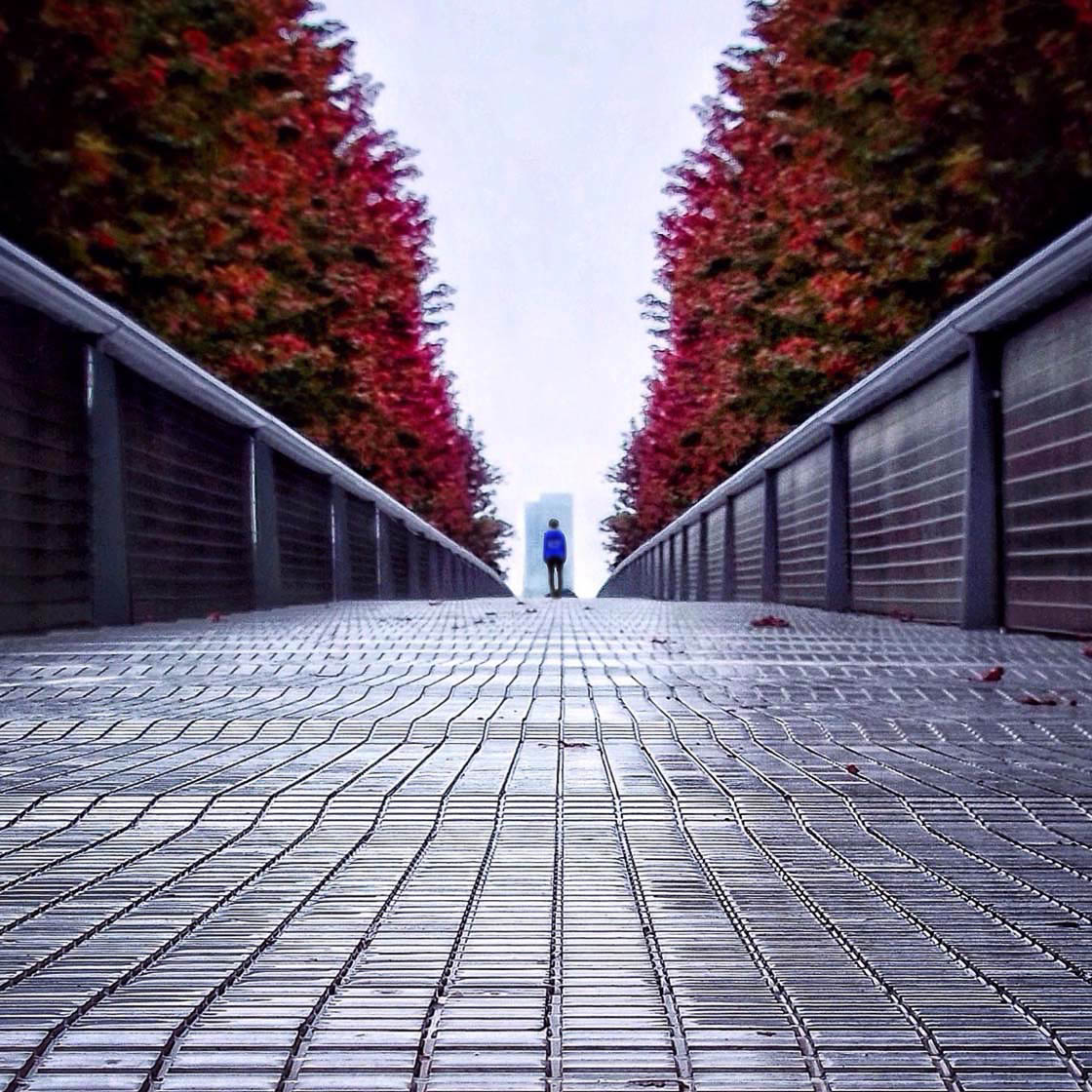What Does Street Photographers Do?
What Does Street Photographers Do?
Blog Article
4 Simple Techniques For Street Photographers
Table of ContentsThe Main Principles Of Street Photographers How Street Photographers can Save You Time, Stress, and Money.Street Photographers - An OverviewThe Ultimate Guide To Street Photographers4 Simple Techniques For Street Photographers
A genre of photography that documents daily life in a public place. The very publicness of the setting makes it possible for the photographer to take honest pictures of complete strangers, usually without their knowledge. Street professional photographers do not necessarily have a social purpose in mind, however they choose to separate and record minutes which might or else go unnoticed (Street Photographers).Though he was affected by several of those that influenced the street professional photographers of the 1950s and '60s, he was not mainly interested in catching the spirit of the street. The impulse to visually record people in public started with 19th-century painters such as Edgar Degas, douard Manet, and Henri de Toulouse-Lautrec, that worked side by side with professional photographers trying to catch the essence of metropolitan life.
Due to the comparatively primitive innovation offered to him and the long direct exposure time called for, he had a hard time to record the stress of the Paris streets. He trying out a series of photographic techniques, trying to locate one that would certainly permit him to record movement without a blur, and he found some success with the calotype, patented in 1841 by William Henry Fox Talbot. In comparison to Atget, photographer Charles Marville was employed by the city of Paris to develop an encyclopaedic paper of Haussmann's metropolitan preparation job as it unfolded, therefore old and new Paris. While the photographers' subject was essentially the exact same, the outcomes were noticeably various, demonstrating the effect of the professional photographer's bent on the character of the photos he generated.
Given the great quality of his photographs and the breadth of product, architects and musicians usually purchased Atget's prints to utilize as recommendation for their very own job, though industrial rate of interests were barely his main motivation. Rather, he was driven to photograph every last remnant of the Paris he enjoyed.
Street Photographers - An Overview
They disclose the city via his eyes. His job and essential understanding of digital photography as an art type offered as ideas to generations of digital photographers that complied with. The future generation of street professional photographers, though they likely did not describe themselves as such, was introduced by the photojournalism of Hungarian-born digital photographer Andr Kertsz.
Unlike his peers, Brassa utilized a larger-format Voigtlnder camera with a longer direct exposure time, forcing him to be much more computed and check my reference thoughtful in his technique than he may have been if utilizing a Leica.
Cartier-Bresson was a champion of the Leica electronic camera and one of the initial professional photographers to maximize its abilities. The Leica allowed the digital photographer to connect with the surroundings and to capture moments as they happened. Its reasonably small size also aided the photographer fade right into the history, which was Cartier-Bresson's recommended strategy.
Some Known Factual Statements About Street Photographers
It is because of this fundamental understanding of the art of picture taking that he is often credited with rediscovering the tool around once again about a century given that its invention. He took photos for greater than a half century and influenced generations of professional photographers to trust their eye and instinct in the minute.
These are the concerns I will attempt to respond to: And afterwards I'll leave you with my very own interpretation of road digital photography. Yes, we do. Allow's begin with defining what a meaning is: According to (Street Photographers) it is: "The act of specifying, or of making something guaranteed, unique, or clear"
No, certainly not. The term is both limiting and misinforming. Seems like a street digital photography need to be images of a streets right?! And all road professional photographers, with the exception of a small number of absolute beginners, will fully value that a road is not the essential component to road photography, and really if it's an image of a road with perhaps a couple of Your Domain Name uninteresting people doing absolutely nothing of rate of interest, that's not street click resources digital photography that's a picture of a road.
5 Easy Facts About Street Photographers Explained
He makes a legitimate point don't you think? While I concur with him I'm not certain "candid public digital photography" will certainly catch on (although I do kind of like the term "candid digital photography") because "road digital photography" has actually been around for a long time, with numerous masters' names connected to it, so I think the term is right here to remain (Street Photographers).
You can shoot at the beach, at a festival, in a street, in a park, in a piazza, in a coffee shop, at a museum or art gallery, in a city station, at an event, on a bridge, under a bridge ...
Yes, I'm afraid we have no choice! Without guidelines we can not have an interpretation, and without a meaning we do not have a genre, and without a category we don't have anything to specify what we do, and so we are stuck in a "regulations meaning style" loop!
The smart Trick of Street Photographers That Nobody is Discussing

Report this page